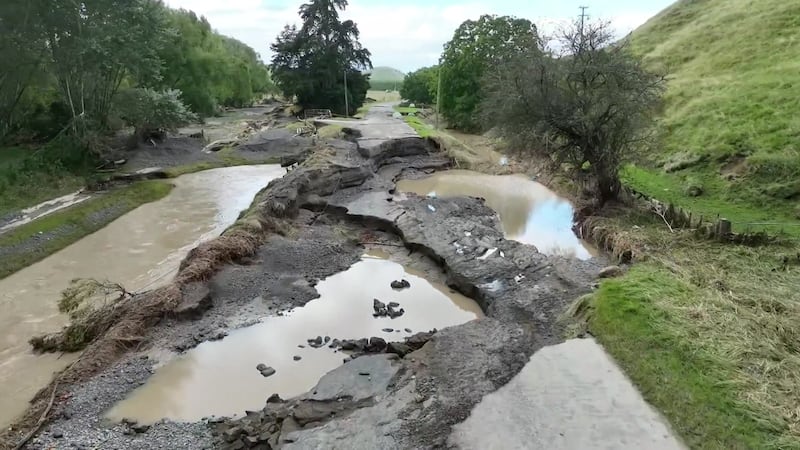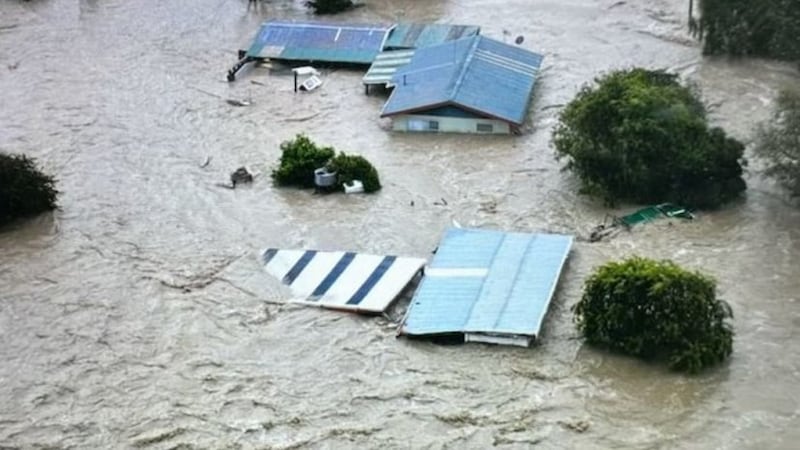An independent review into the Civil Defence response to Cyclone Gabrielle in Hawke’s Bay has found there was “a lack of situational awareness”, adding that the National Emergency Management System is not currently fit for purpose, and “set up good people to fail”.
The Independent Review into the Hawke’s Bay CDEM Group’s response to Gabrielle, carried out by Mike Bush of Bush International Consulting Limited, was released to the public on Monday.

The purpose of the review was to assess the performance of HBCDEM’s emergency response across the entire Hawke’s Bay region, including the lead-up to the cyclone.
The Hawke’s Bay region includes Wairoa, Napier, Hastings and Central Hawke’s Bay, all of which suffered significant damage in the cyclone, which struck on February 14. Eight people in the region lost their lives and hundreds lost their homes after the region’s rivers burst their banks and inundated vast tracts of land.

Bush said it was “absolutely clear that the severity speed and scale of this disaster quite simply overwhelmed officials involved in that response”.
“We felt that they lacked situational awareness in terms of what was occurring and what was about to occur. That was compounded by communications outages, power outages and such like, but there should be mitigations in place for such things,” he said.
“That lack of situational awareness in our view lead to what I would describe as more of a positive bias towards a positive outcome and not planning what we would describe as worst case scenario, so the mitigations in terms of what could, in the worst case occur, would be mitigated,” Bush said.
“We also found that the capability inside the response , because of the severity and scale and the number of people that needed to be involved, was not at a capability level to where it actually needed to be,” he said.
“This isn’t just a regional issue. We did find that the National Emergency Management System is not currently fit for purpose. The way we would describe that is it actually sets up good people to fail,” he said.
He said the governance across the region’s emergency management was strong and their plans were robust in terms of preparation and the “the intent of everyone involved was positive”.
Rainfall figures reached 546mm during the storm with intensities of 56mm per hour, most of which fell in the first 12-24 hours of the storm hitting. It was the largest rainfall event recorded in the region, exceeding Cyclone Bola in 1988.
An estimated 300million tonnes of sediment was deposited on the Hawke’s Bay plains. The overall cost of recovery to the region, expected to take many years, was put at about $5 billion.
- Stuff


